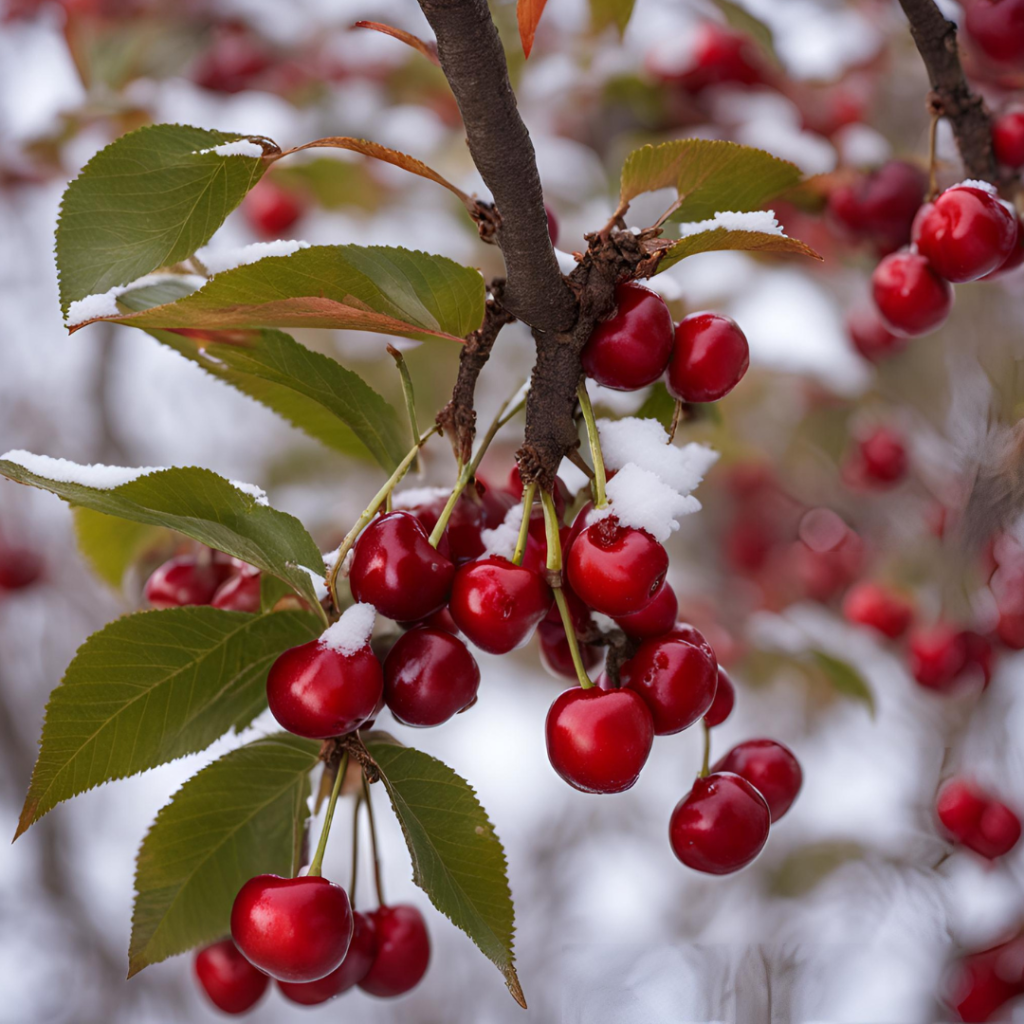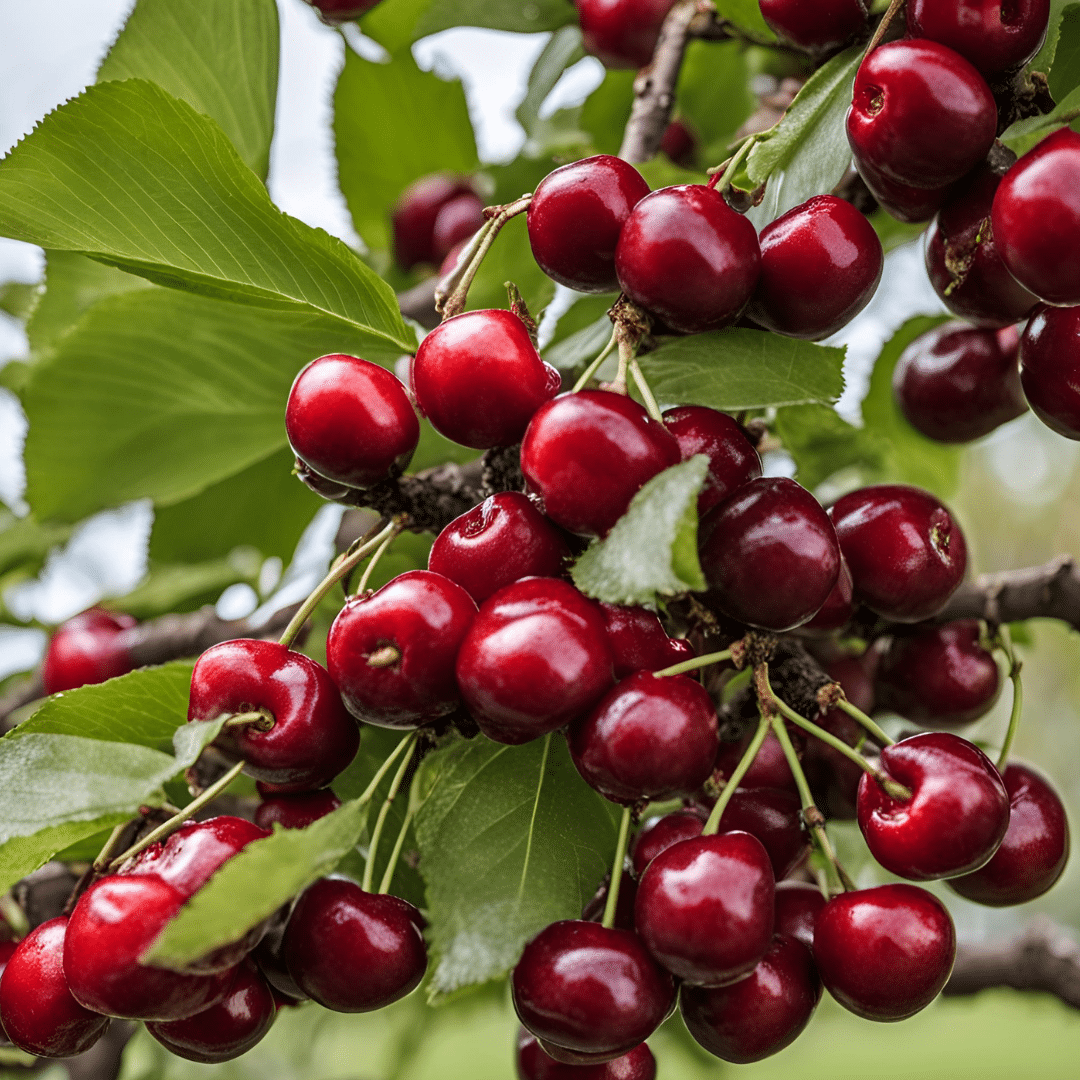When to Prune a Cherry Tree? A Comprehensive Guide : Pruning is a crucial aspect of cherry tree care that significantly impacts the health, productivity, and aesthetic appeal of the tree. Understanding the best time to prune a cherry tree can help ensure optimal growth and fruit production. In this comprehensive guide, we’ll explore the ideal pruning times for cherry trees, the benefits of proper pruning, and step-by-step instructions for effective pruning practices.
Understanding Cherry Tree Varieties
Before delving into the specifics of when to prune, it’s important to understand the two main types of cherry trees: sweet cherries (Prunus avium) and sour cherries (Prunus cerasus). Sweet cherries are typically enjoyed fresh, while sour cherries are often used in cooking and baking. Each type has slightly different pruning needs, but the general principles remain the same.
Why Pruning is Essential
Pruning is essential for several reasons:
- Health and Vigor: Removing dead, diseased, or damaged branches helps prevent the spread of disease and pests, promoting a healthier tree.
- Light and Air Circulation: Proper pruning improves light penetration and air circulation within the tree canopy, which can reduce the risk of fungal infections and enhance fruit quality.
- Shape and Structure: Pruning helps maintain a desirable shape and structure, preventing the tree from becoming overgrown and making it easier to harvest fruit.
- Fruit Production: Regular pruning encourages the growth of new, productive wood, leading to better fruit yield and quality.
When to Prune a Cherry Tree
The timing of pruning is crucial for the health and productivity of your cherry tree. Here’s a detailed look at the best times to prune:

Winter Pruning
Dormant Season (Late Winter to Early Spring):
- Timing: Late winter to early spring, just before bud break.
- Advantages: Pruning during dormancy minimizes the risk of disease and pest infestation. The tree is not actively growing, so pruning wounds can heal before the growing season starts. Additionally, the absence of leaves allows for a clear view of the tree’s structure.
- Considerations: Be cautious of heavy pruning during this time, as it can stimulate excessive growth in the spring.
Steps for Winter Pruning:
- Inspect the Tree: Examine the tree for any dead, damaged, or diseased branches.
- Remove Dead and Damaged Wood: Cut back to healthy tissue, making clean cuts.
- Thin Out Crowded Branches: Remove any branches that cross or rub against each other.
- Shape the Tree: Maintain an open center to improve light and air penetration.
Summer Pruning
After Harvest (Mid to Late Summer):
- Timing: Mid to late summer, after the fruit has been harvested.
- Advantages: Summer pruning helps control the size of the tree and removes any water sprouts (vigorous, vertical shoots) that may have developed. It also allows you to shape the tree while it is still actively growing.
- Considerations: Avoid heavy pruning during this time, as it can stress the tree and reduce its vigor.
Steps for Summer Pruning:
- Inspect for Water Sprouts: Remove any vigorous, vertical shoots that are not productive.
- Thin Out Excess Growth: Reduce the density of the canopy to allow more light and air.
- Maintain Shape: Make selective cuts to keep the desired shape and size of the tree.
Special Considerations for Young Trees
- Timing: During the first three years, focus on structural pruning in late winter or early spring.
- Goal: Establish a strong framework of branches that will support fruit production in later years.
- Steps:
- Year 1: Select a central leader (main vertical shoot) and 3-4 well-spaced lateral branches. Remove any competing leaders and unwanted branches.
- Year 2-3: Continue to shape the tree by selecting new lateral branches and removing any weak or poorly positioned ones.
Pruning Techniques and Tips
To achieve the best results, it’s important to use proper pruning techniques. Here are some tips to help you prune your cherry tree effectively:
- Use Sharp, Clean Tools: Sharp tools make clean cuts that heal quickly. Clean your tools before and after use to prevent the spread of disease.
- Make Proper Cuts: Always cut just above a bud that faces outward to encourage growth away from the center of the tree. Avoid leaving stubs, as they can invite disease.
- Angle Your Cuts: Make cuts at a slight angle to prevent water from sitting on the cut surface, which can lead to rot.
- Don’t Overprune: Avoid removing more than 20-30% of the tree’s canopy in a single year. Overpruning can stress the tree and reduce fruit production.
Common Pruning Mistakes to Avoid
- Pruning at the Wrong Time: Pruning during the wrong season can leave the tree vulnerable to disease and reduce its fruit yield.
- Overpruning: Removing too much of the canopy can stress the tree and lead to weak growth.
- Ignoring Disease and Pests: Failing to remove diseased or infested branches can lead to the spread of problems throughout the tree.
- Improper Cuts: Making jagged or improper cuts can slow healing and increase the risk of disease.
Additional Tips for Healthy Cherry Trees
- Monitor for Pests and Diseases: Regularly inspect your tree for signs of pests or diseases and take action promptly.
- Mulch and Water: Apply mulch around the base of the tree to retain moisture and regulate soil temperature. Water the tree deeply during dry periods.
- Fertilize Appropriately: Use a balanced fertilizer to provide essential nutrients, following the recommended application rates.
- Support Branches: Use stakes or supports for young trees or heavily laden branches to prevent breakage.
Conclusion
Pruning a cherry tree is a vital task that requires careful timing and proper techniques. By understanding when to prune and how to do it correctly, you can ensure that your cherry tree remains healthy, productive, and beautiful. Remember to consider the type of cherry tree you have and tailor your pruning practices accordingly. Whether you’re performing winter pruning to remove dead wood or summer pruning to shape the tree, your efforts will be rewarded with a bountiful harvest of delicious cherries. Happy pruning!
